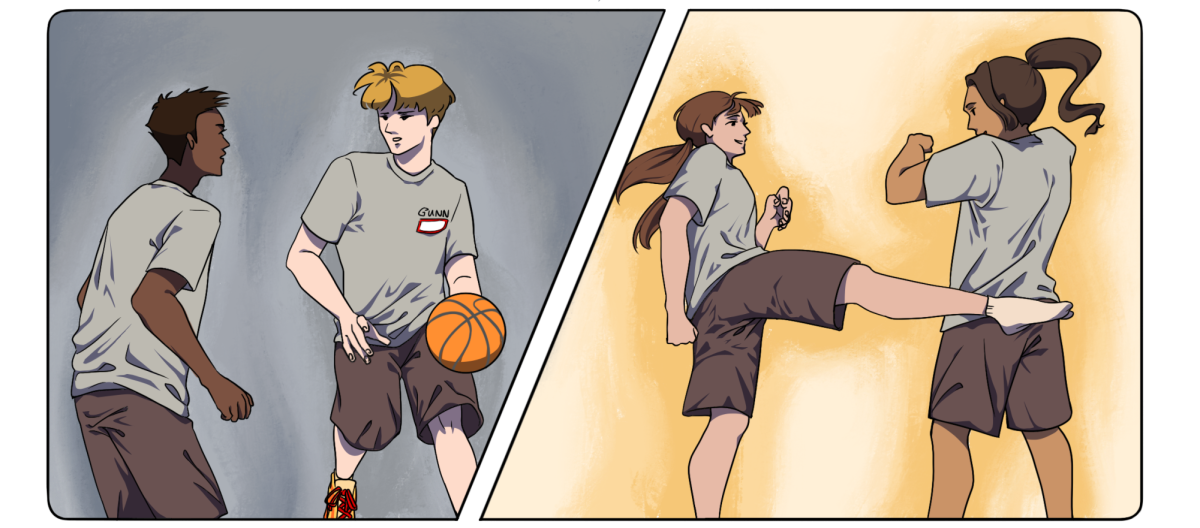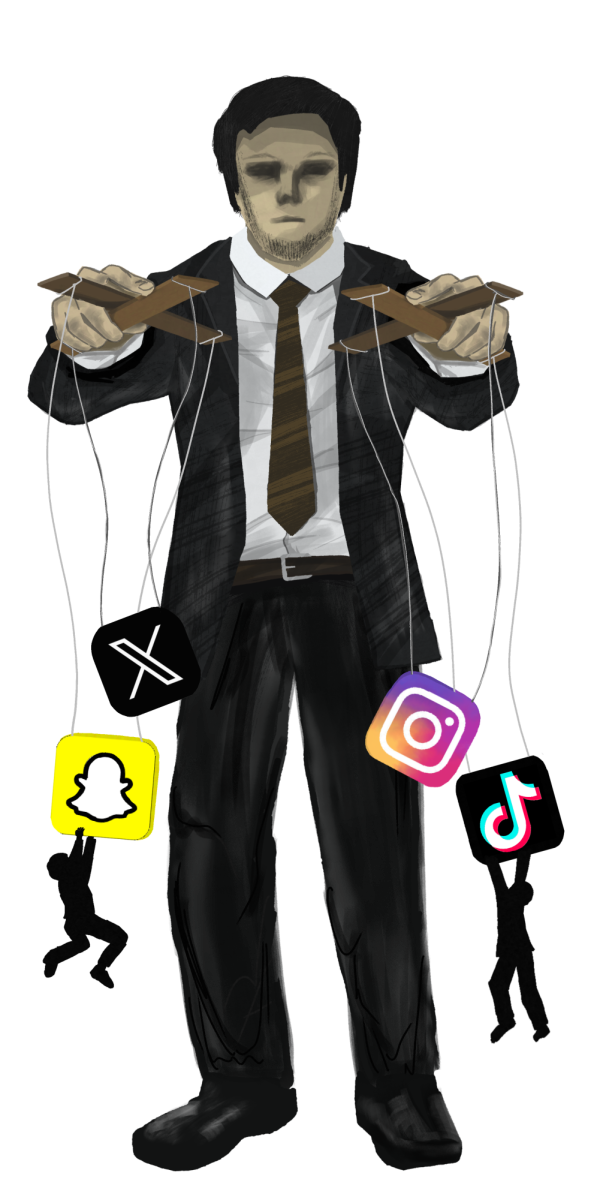Before the 2022-23 school year, a self-defense unit was taught every other year in Gunn’s required P.E. 9 and P.E. 10 courses. Over the COVID-19 pandemic, however, this program was removed due to the limitations of the online learning format. Although Gunn has moved back into a physical setting, the self-defense unit has not been reinstated.
In the case where avoiding a dangerous situation fails, it is important that students learn some form of self-defense in order to keep themselves safe. In fact, according to the data analysis company Statista, 23.6% of high school students in 2017 reported that they have been in a physical fight. In order to supply students with the physical and mental tools necessary to protect themselves, Gunn should reinstate and expand upon its old self-defense unit as a part of the required P.E. classes, drawing inspiration from martial arts programs.
The self-defense unit taught in the past focused on teaching students how to get away as quickly and safely as possible. Some years, P.E. teachers were able to invite police officers to teach students what to do if confronted by someone with a gun. The main objective of these self- defense courses was to prioritize escaping over attacking.
The self-defense unit was taught at the beginning of the second semester of a students’ freshman or sophomore
year. Although not taught for an extensive period of time, even minimal training can make a significant difference. One example of the utility of self-defense training is shown in the case of sexual harassment. According a study by the National Sexual Violence Resource Center, 62% of women surveyed had experienced some form of physical sexual harassment at some point in their life.
The prevalence of this issue shows how impactful self- defense training can be. In addition, a study by sexual assault prevention specialist Jocelyn A. Hollander found that among women in college, those who had not taken a self-defense class reported that they had been in unwanted sexual situations twice as often as women who had taken a self-defense class. The students in the study participated in a 10-week course with three hours of instruction each week, which, although longer than Gunn P.E. units, is not an especially long period of time, given the significant results, proving the efficacy of even minimal self-defense training.
By reinitiating the self-defense program, Gunn would have an opportunity to expand upon their former framework by combining practical self-defense with the currently unexplored world of martial arts. This would include teaching stances, strikes, defensive techniques, among other skills. The main difference between martial arts and self-defense is that while self-defense often focuses on easy-to-learn, general-purpose escapes and strikes, martial arts is much more of a workout and consists of more advanced and complex maneuvers. According to the Physical Education Framework for California Public Schools, which Gunn’s P.E. program complies with, the goal of physical education in schools is to teach students how to take full advantage of their bodies in athletics. Martial arts disciplines, which also fall into the category of self-defense, fits well into the Physical Education Framework since they exercise a variety of skills that are applicable to other sports and activities.
For example, many martial arts disciplines make use of stances, which require strength and mobility, both of which are important in many sports. According to a study conducted by Faculty of Sport and Physical Education at the University of Novi Sad Patrick Drid, youth who participated in martial arts programs showed a significant improvement in many areas, including cardiorespiratory fitness, speed and agility, strength, flexibility, coordination and balance. All these benefits are relevant in many other forms of movement, making martial arts a worthwhile unit.
Despite the benefits that come with martial arts, some feel trepidation at the idea of teaching it to students. This concern is valid, as many students may use martial arts skills to participate in fights, rather than to avoid them. Additionally, the risk of injury while learning deters many.
However, the value of martial arts outweighs the risks. Although teaching martial arts has inherent risks, many martial arts disciplines, such as Aikido, prioritize avoiding injuries for both the attacker and defender. Additionally, martial arts training does not need to incorporate sparring and can instead focus on slow, defensive techniques. Not only this, but physical education classes are already dangerous. A study conducted by University of Ljubljana Sports Faculty Teacher Ana Šuštarši? found that more boys were injured playing basketball at school than practicing martial arts outside of school.
Although Gunn made a reasonable decision to initially remove the self-defense unit from its curriculum during COVID-19, now that the pandemic is over, they should bring it back and consult martial arts teachers to expand the unit. By doing this, Gunn can provide all students with the training they need to defend themselves and expose all students to a new form of exercise.













